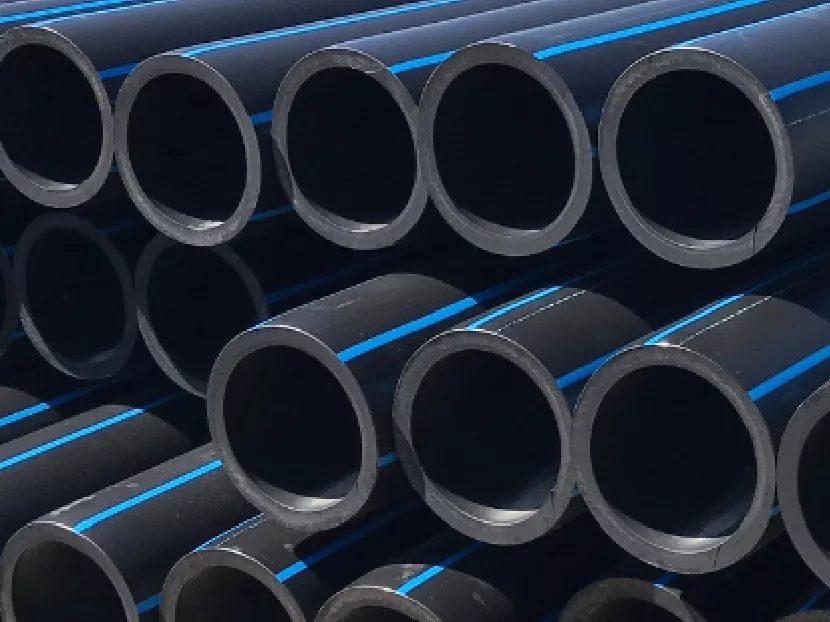The 5th edition of the newly updated American Water Works Association (AWWA) C906-21 standard further clarifies the proper use and description of PE4710 high-density polyethylene (HDPE) pressure pipes and fittings. The revisions to ANSI/AWWA C906 are another step forward in the water industry’s increasing use of HDPE piping systems, according to Camille George Rubeiz, P.E., F. ASCE, co-chair, HDPE Municipal Advisory Board, and the senior director of engineering, Municipal and Industrial Division of the Plastics Pipe Institute Inc. (PPI). ANSI/AWWA C906-21 describes HDPE pressure pipes and fittings made from materials conforming to standard PE materials designation code PE4710 and has an effective date of Nov. 1, 2021.
“The goal of C906 has always been to provide the gold standard that clearly defines the use and manufacture of high-performance HDPE (i.e. PE4710) pressure pipes and fittings from four to 65 inches for waterworks with pressure classes (PCs) ranging from 100 psig to 335 psig operating at temperatures up to 80oF,” Rubeiz stated. “For temperatures above 80oF, refer to AWWA M55 for reducing the pressure class of HDPE. Removing non-PE4710 resins from the scope and throughout the standard is certainly another vote of confidence for PE4710; the updated standard provides those specifying pipe with a thoroughly vetted standard to use. These changes compliment the recent revisions and publications of ANSI/AWWA C901-20 (effective date Feb. 1, 2021, 7th edition) and AWWA M55-20 (2nd edition). All owners and designers should immediately update their specifications to require these most current standards and manual.”
According to C906-21, “the [HDPE] pipes and fittings are primarily intended for use in transporting potable water, wastewater, and reclaimed water in either buried (open-cut and trenchless), marine or aboveground installations. In addition, “for PE4710, the PC calculations include a safety factor [SF] > 2 relative to the allowed operating stress,” and “the SF for Occasional Surge Pressure is > 2.” The standard cautions against “matching the ID of other pipe materials to the ID of HDPE for flow and PC [because that] will yield incorrect results. The standard recommends the use of “PPI-PACE [www.PPIPACE.com] to evaluate the flow capacity of HDPE to other materials.”
Other changes to the standard include the rewriting of the section on Oxidative Resistance (Section II.C), along with updating the definitions for design factor, hydrostatic design basis (HDB), standard dimension ration (SDR), and virgin PE compound. Definitions for PE4710, PE compound, potable water, reclaimed water, safety factor (>2), sample, specimen, and wastewater have been added in Section 3. Also, to ensure the pipe meets the appropriate ductility and tensile strength requirements, C906-21 has been update to clarify the alternate tests that shall be performed.
“It is also very important that the chlorine category requirement CC3 for potable water applications has been added to the C906-21 materials section (4.2.1.2),” Rubeiz explained. “This is because, in my opinion, the vast majority of utilities using chlorine and chloramines as residual disinfectants in the potable water system find that HDPE is the best solution for their piping systems and will provide lower installation costs, reduce maintenance costs and provide their communities with 100-plus year design life.
“The diligent, hard work of AWWA, its 263 Committee and the Standards Council to continually improve C906 shows that HDPE is steadily gaining national acceptance as the preferred material for potable water and sewer piping systems. And we thank AWWA and those industry professionals who participated in this latest update.” he said.
More information can be found here.




